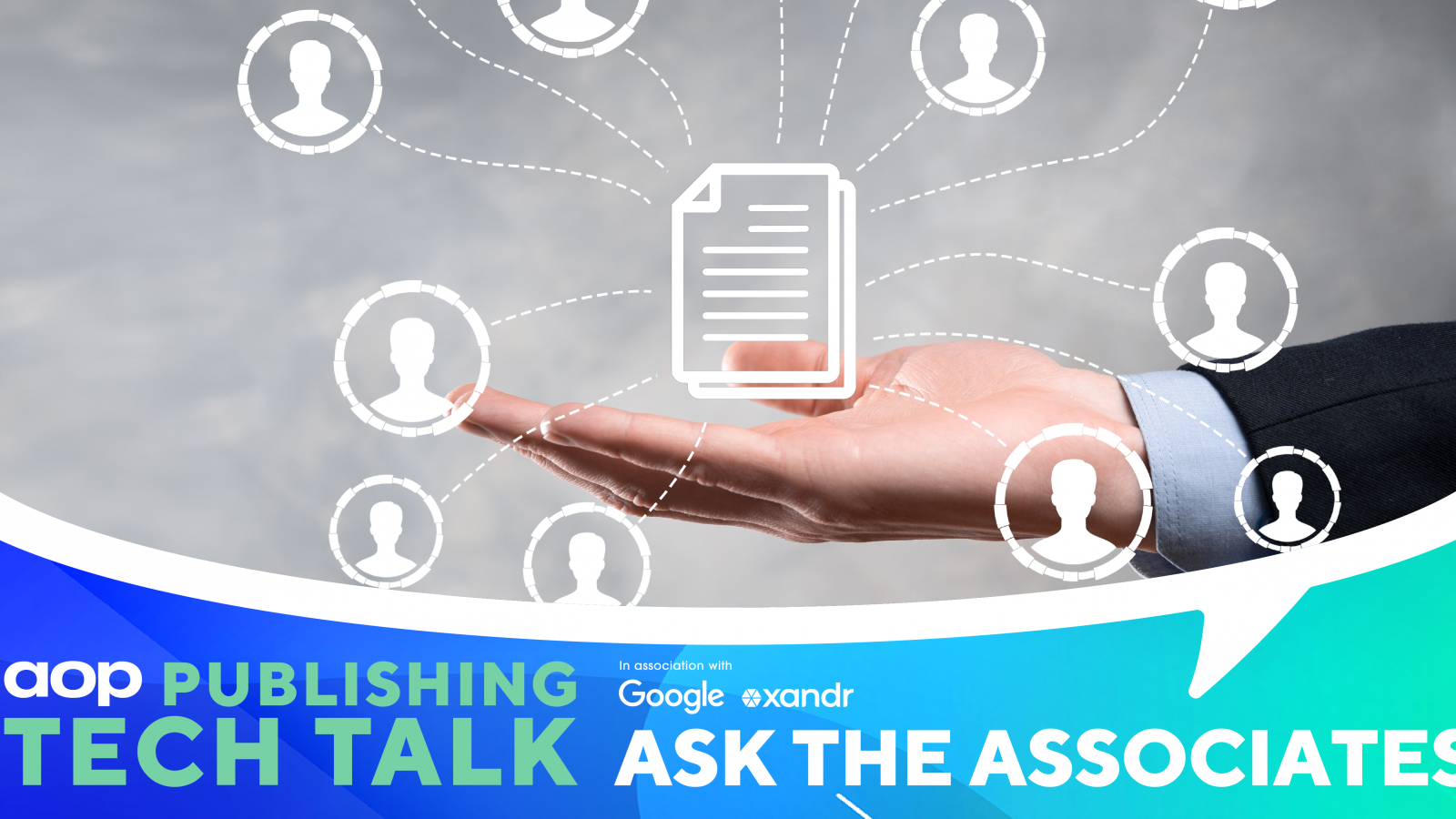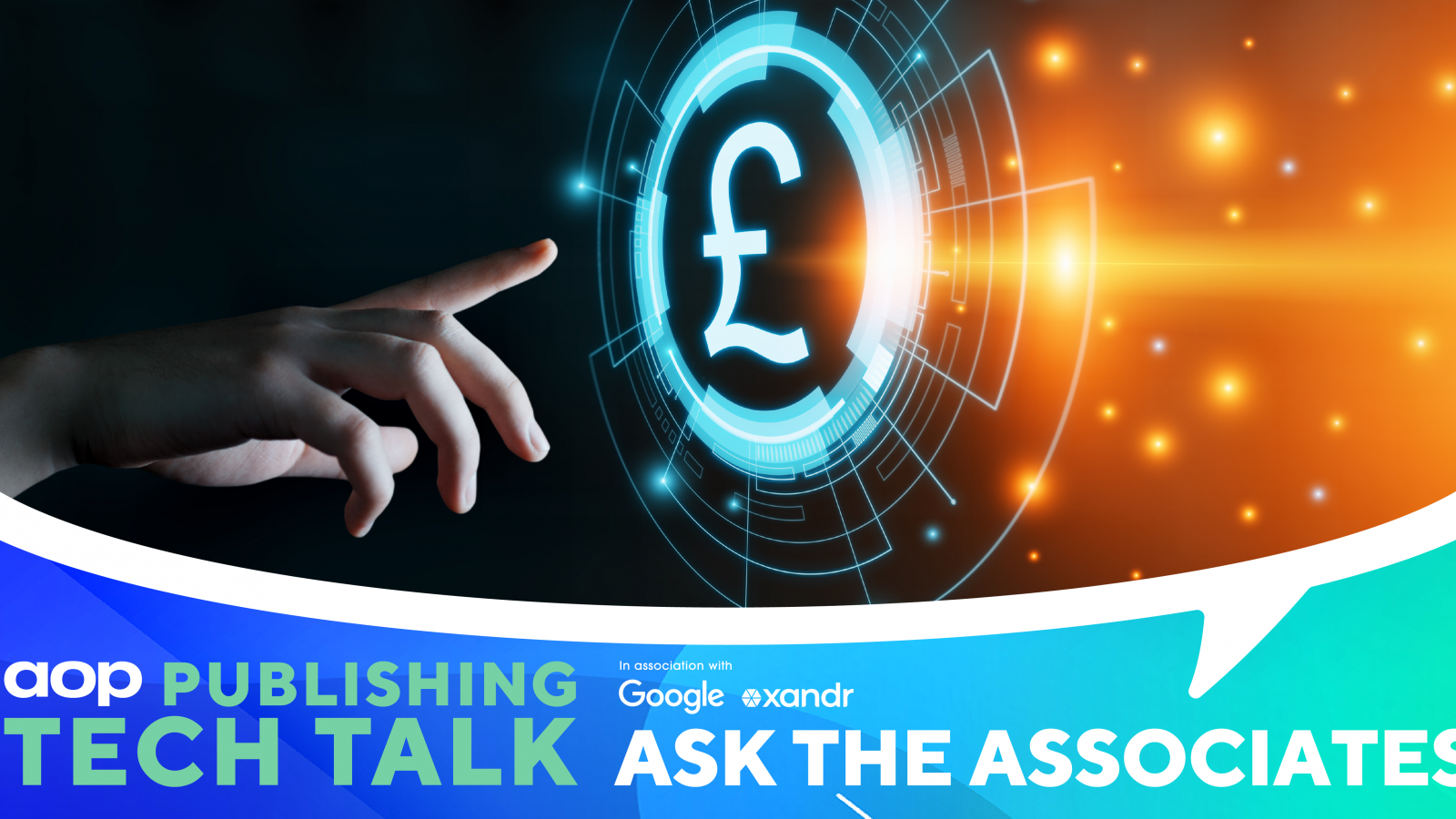
Seven tips for more innovative engagement with subscribers
Published: 27 Oct 2021
Consumer behaviour has altered drastically over the past year – and will continue to do so as we adapt to new social realities. The pandemic has encouraged readers to evaluate their media sources more critically, and we saw the fruit of this in the February edition of our Digital Publishers Revenue Index; subscription models saw growth of 51.3% from Q3 2019 to Q3 2020.
However, while the subscription economy is booming, there is an increased demand for readers’ attentions and their financial commitment. Digital publishers will need to innovate rapidly to ensure they’re able to retain and grow their audiences. We reached out to our panel of experts to understand what new strategies are making impact and how you can evolve your strategies to make an impact.
1. Innovation and interactivity promote engagement.
The value that publishers are now offering their subscribers (whether paying or registered-for-free) is off the scale compared to the old “re-purposed print and pictures” proposition. Interactivity, dialogue with journalists, additional content – graphic, audio and video – along with access to live or as-live events and much more, all mean that it is not appropriate to disparage any business as ‘just a traditional publisher.’ There’s no longer any such thing.
- Ian Dowds, CEO, UKOM
2. Onboarding is more important than ever.
If subscribers don’t engage early, they often cancel quickly or stop visiting the site, even if they’re still subscribed. Churn rate is highest in the first month of a subscription, and 80% of first month churn is “active,” from users who make a specific decision to cancel. What’s more, our Subscription Performance Benchmark Report found that a whopping 40% of subscribers are “sleepers” (active subscribers who haven’t visited the site in the past 30 days). More than a third of sleepers became inactive within their first 30 days of subscription. And sleepers have a high rate of eventual churn — 42% of sleepers churn from monthly subscriptions within 6 months of falling asleep.
To reduce the risk of doomed sleepers and ultimately higher churn rate, publishers can drive early user engagement through an onboarding program. Proven tactics include a welcome email from a top editor about the benefits of being a subscriber, signing users up for a personalised or subscriber-only editorial newsletter immediately following conversion, encouraging subscribers to download a mobile app and to check out habitual content like an exclusive podcast and surveying subscribers after a few weeks to collect their feedback. No matter the method, publishers that encourage early engagement and communicate value in the first days of a subscription will foster user loyalty and strengthen their retention over time.
- Michael Silberman, Head of Strategic Services, Piano
3. Offer hyper-relevant content in return for authenticated data that helps you shape your strategy.
Sustainable strategies rely on first-party user authenticated data based on a trusted value exchange where consumers have consented to sharing their identity with a publisher. As a result, we are seeing publishers focus on clearly defining the value proposition and giving users a reason to engage with them repeatedly -- most often by offering premium and more relevant content. Publishers who own multiple properties under a single portfolio are working on perfecting their strategy across their brands, specifically whether they should approach authentications for each brand independently or deploy a holistic solution that encompasses all brands.
Already, the publishing sector has seen a lot of media owners implement successful strategies, including newsletter signups, premium subscriptions or offerings, content walls, and gated services. Many of the big publishers are looking outside the box to get authenticated user data, for example by allowing users to read hyper-relevant content and articles, which would normally be gated, in exchange for a few details, such as conducting a short survey that can help publishers better address readers’ preferences.
But remember, there is no one-size-fits-all solution to driving authentication – not everything works the same for every publisher. Publishers need to be employing a “test-and-learn” approach to ensure a successful long-term strategy.
- Ryan Afshar, Head of Publishers – UK, LiveRamp
4. Create a range of customised packages that appeal to different audience segments.
The key to a subscription model that works is reader segmentation based on user data. Publishers have to accept that only a minority of their readers will be willing to subscribe: users that are not converting after repeated attempts are not only unlikely to convert, but are also likely to churn permanently and seek for free news sources elsewhere.
Publishers should offer different package options to suit varying budgets and levels of loyalty. They should also be able to tell users who are unlikely to subscribe apart from loyal users who come back again and again, and tailor the site’s experience accordingly. For example, fly-by users can be served more ads to increase monetization of this segment, since they’re unlikely to subscribe anyway. On the other hand, publishers can use services like Taboola’s Newsroom to identify the types of content read by loyal users, and what they’re willing to pay for, using this data to decide which content should be behind a paywall and nudge returning users towards subscription.
A one-size-fits-all model is likely to push more users away from subscription than towards. A flexible, data-driven approach can focus in on delivering a high-quality experience to publishers’ most loyal users, driving them towards subscribing, while also diversifying the publisher’s monetization model in case the dreaded subscription fatigue does set in.
- Jason Iliou, UK Publisher Account Team Lead, Taboola
5. A personalised user-interface drives conversions.
Take TTG Media. TTG Media excels at membership and subscription innovation. They made big strides with the launch of their TTG+ membership offering last year, following extensive research, development and preparation.
At the core of their membership services is the travel industry news and insights, and this is greatly extended by the entire historical TTG archive, member exclusive events, a live travel industry directory, and weekly member surveys and insights. There is a well-developed user experience, with personalised My TTG Page, featuring personalised news, insights and events, as well as bookmarked content. Even the navigation has added smarts.
TTG have continued to innovate around their service delivery, pricing, access tiers, and onboarding processes, with dynamic approaches to opening up content and events to grow customer loyalty, the membership and associated revenues. What all can learn from this is that innovative deep engagement with the audience is the best way to grow membership.
- Markus Karlsson, CEO, Affino
6. Test, refine - and then test again.
-
- Firstly, fully understand audience behaviour and optimise your reader engagement funnel. Google News Consumer Insights measures audience performance against a set of benchmarks and provides actionable recommendations to help grow reader engagement and revenue.
- Armed with information on your audience, decide who you want to target and tailor specific approaches towards these different audiences. Analyse the traffic source for each group and the value of each reader to create models that drive increased engagement and conversion.
- Don’t be afraid to run tests! Utilise newsletter sign ups or push notifications and tailor content to specific audiences, perhaps using AI.
- Ensure frictionless sign up and keep focused on the user experience. Keep the steps to subscription/renewal to a minimum and think about the added value that you can deliver to a subscriber.
- Maintain a single-minded view of the user by ensuring you have a first party data strategy in place that is aligned across your organisation and doesn’t exist in silos.
- David McMurtrie, Head of UK Publishers – Partner Solutions, Google
7. Leverage consent walls to drive better outcomes.
The rise of digital media subscriptions has meant that publishers have to think very carefully about how they engage with their users through their online journey. Sourcepoint has been working with many of our clients to explore building subscription acquisition into the consent management process. All publishers have to ask their users for their consent to capture data that drives better business outcomes and we have started to explore combining that request with a subscription push. The "consent wall" tests we have carried out with clients in Austria, Germany and France have provided some very positive results which has led to more publishers exploring the idea of presenting their users with the choice of consent or pay.
- Nial Ferguson, UK Managing Director, Sourcepoint
Join us on June 17 to discover more and to hear from leading publishers and tech organisations how to develop sustainable audience growth strategies that engage your existing audience – and also win over new readers. Find out more about CRUNCH 4.3: Driving sustainable audience growth to diversify revenue
Categories: Ask the Associates



